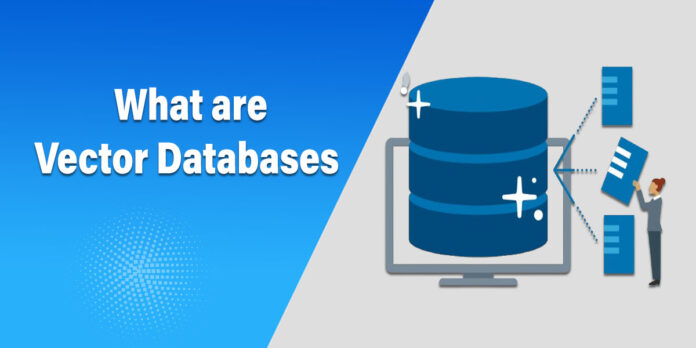The modern data landscape is evolving and growing continuously. It is estimated that 402.74 million terabytes of data are created each day, and it is becoming more complex as technological innovations like generative AI rapidly evolve.
The types of data that can now be collected have expanded massively in the past decade, and this has led many traditional databases to become outdated. In order to compile and extract insights from these new forms of data, more businesses are looking to migrate and modernize their databases.
One way they are doing this is by turning to an advanced type of data management: the vector database. Vector databases have become increasingly popular in numerous fields because of their ability to resourcefully store, index, and search multiple types of data, including unstructured data (data without a pre-defined data model or schema). Despite their growing usage, many are unaware of what a vector database is or how it works.
Below, I will explain the Vector Database and how it works.
What is a Vector Database?
A vector database differs from traditional databases because it stores data points as a vector rather than rows and columns. The vector is typically represented as groups or lists of numbers, where each number in the list represents a specific feature or attribute of the data. This makes them ideal for applications that require the rapid and accurate matching of data based on similarity rather than exact values.

For example, rather than searching for one specific data point, a vector search will find all data points that are similar. A common real-world example of this is how an e-commerce store will recommend different items based on your searches and purchases. Vector databases allow computer programs to make comparisons, classify relationships, and understand context, which can be used to create artificial intelligence (AI) programs such as large language models (LLMs).
How Do Vector Databases Work?
As mentioned above, vector databases store data as vectors, this can be any type of data, such as a document, image, or video clip. Each point of data can have many dimensions that can be stored and searched for. A beginner’s guide to vector databases by Pavan Belagatti compares a vector database to a box of crayons: “A vector database is like a magical sorting machine that helps you find crayons that are similar in color fast.
When you want a crayon that looks like your favourite blue one, you put in the picture of it, and the machine quickly looks through all the crayons. It finds the ones that are closest in color to your blue crayon and shows them to you.” As a result, this would prevent users from having to search the whole box.
This makes vector databases very effective for a search where the object is to find the closest data points in a high-dimensional space. This is a key requirement in most AI applications, such as large learning models (LLMS), where the program uses probability to find the right answer or response.
How Vector Databases Are Used
LLMs and Generative AI Programs
Vector databases form the foundation of LLMs and generative AI programs like chatbots. LLMs and chatbots collect user prompts to create content or provide exact responses to the queries. For instance, the chatbot uses vast information from a vector database to create an accurate response. In simple words, vector databases are widely used by tech experts to train AI tools like chatbots and LLMs.
Recommendation Systems
Behind some of the most sophisticated recommendation systems will be a vector database. The database will collect information on users and different items and find similarities between these vectors. The recommendation systems will use this information to generate personalized recommendations for users. This can range from suggested products to videos and images.
Image and Video Recognition
Vector databases can store unstructured data and convert the data points of images and videos into vector representations. This ability to seamlessly search through massive amounts of data points is why vector databases power complex programs such as facial recognition and biometric pattern recognition.
Fraud Detection
Vector databases are very effective for fraud prevention because they can find patterns in their searches compared to more rigid traditional databases. This allows them to spot anomalous patterns by comparing transactions against known profiles of fraudulent activity. By identifying anomalies in real-time, vector databases allow businesses to respond proactively to potential threats.
Final Thoughts
In this data-driven world, vector databases are important for businesses that collect and use large amounts of data. Just as AI is improving business operations, vector databases are going to reshape the future of data management. Hence, choosing the best vector database solution is essential for effective data management and storage.

